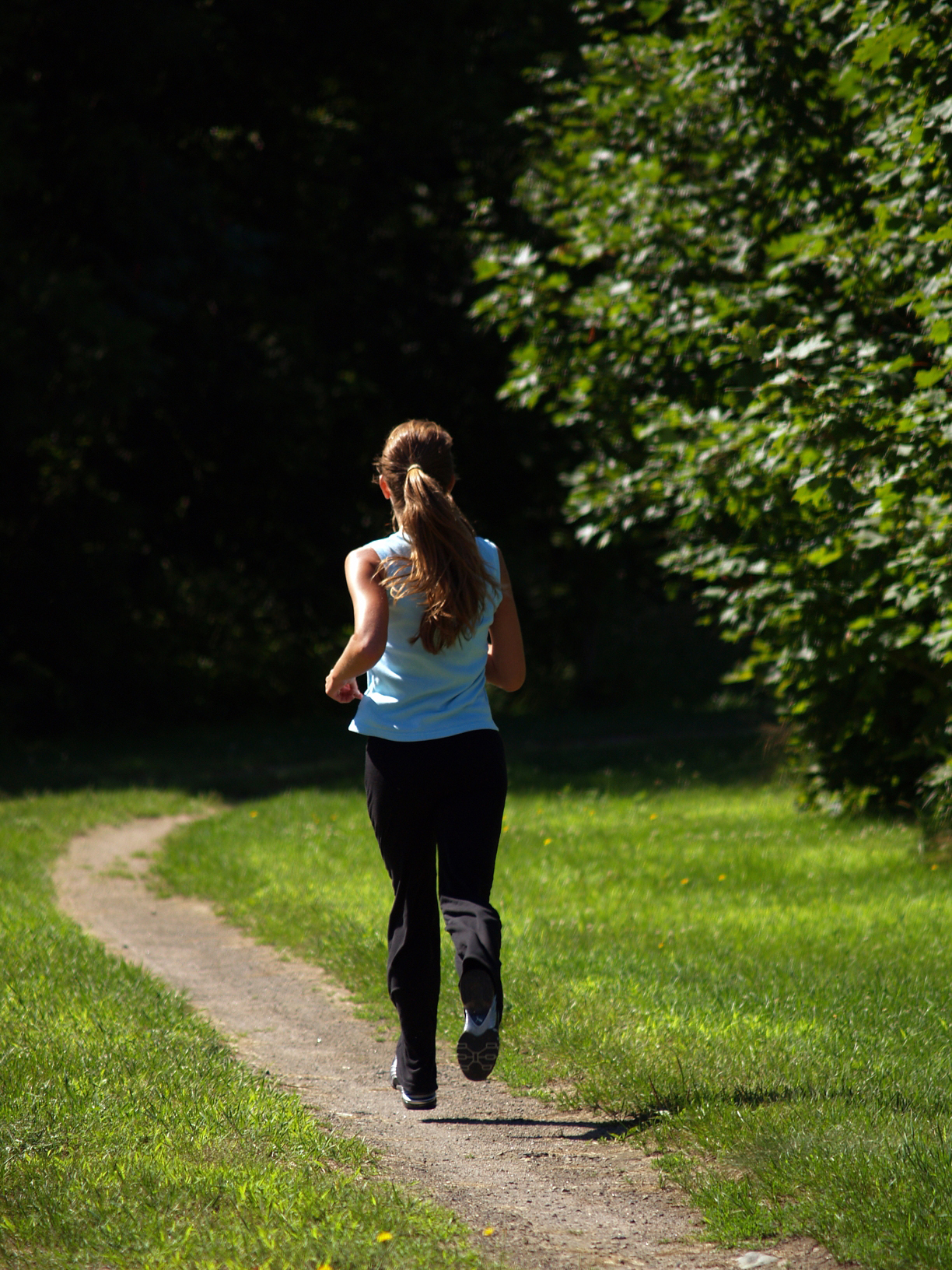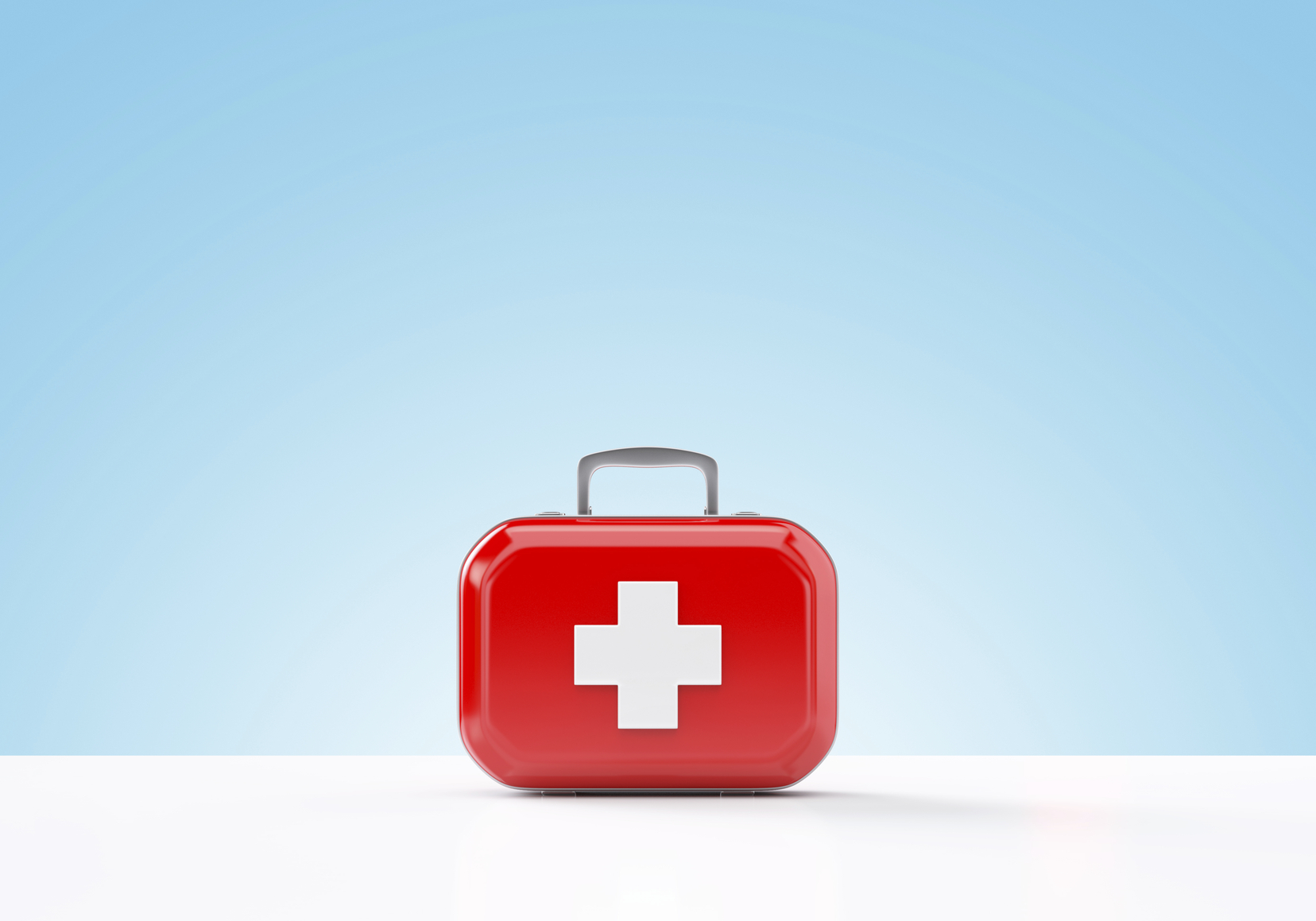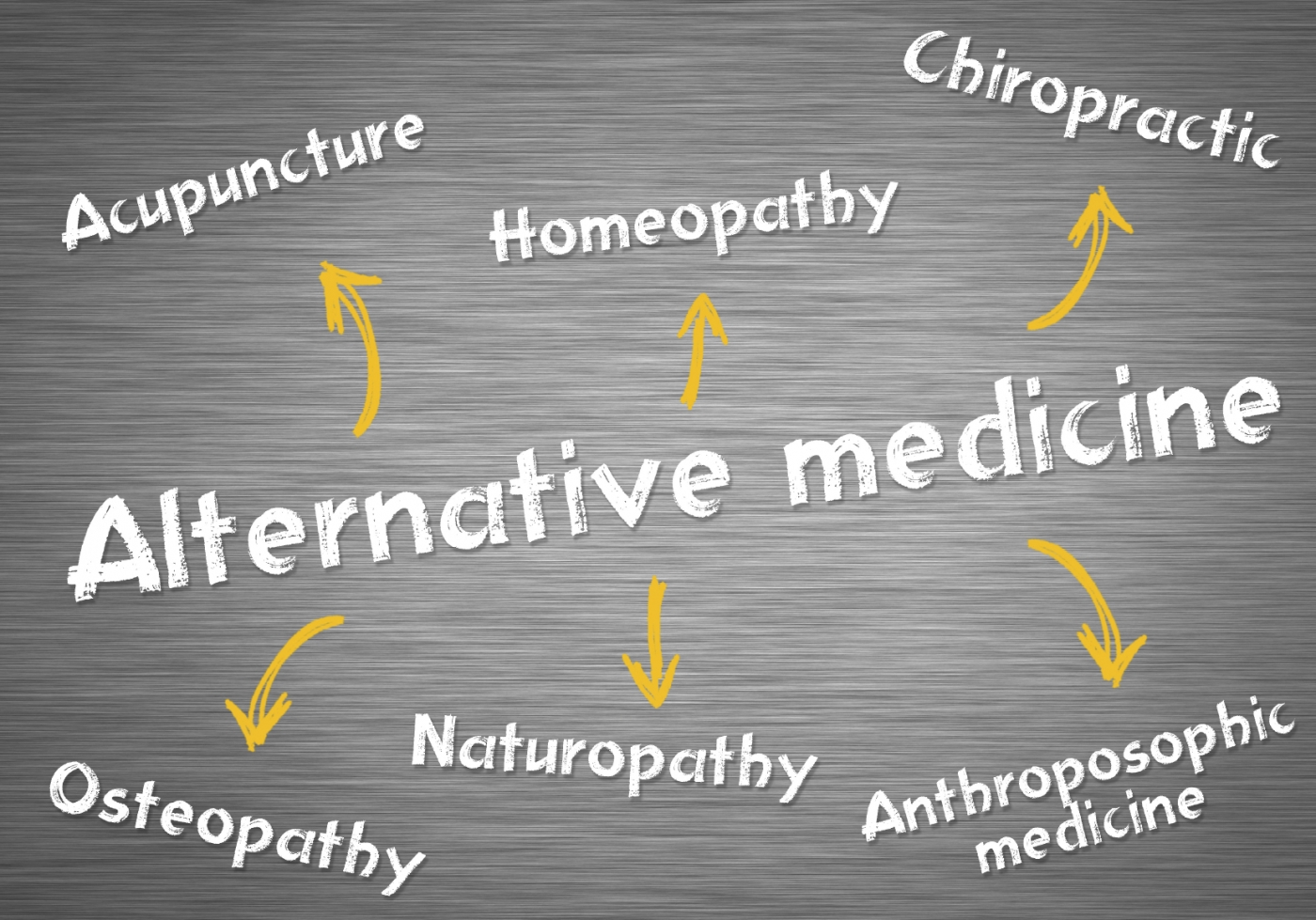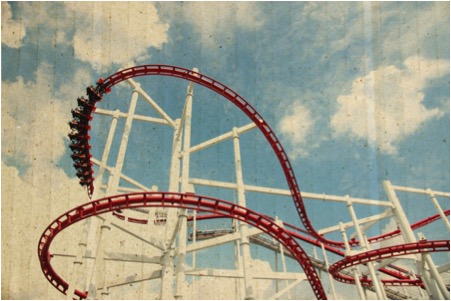We’re More Than What We Eat – We’re Also What We Do
By Julie Williamson
When I’m especially plagued by my food allergies and feeling not-so-hot, I have a tendency to become a human hermit crab. Although I’m social, by nature, when I’m feeling out of sorts, I clam up, become more reclusive and hole up in the house, often watching the world pass me by from a nearby window. It makes sense on the surface because the last thing anyone feels like doing when their stomach is bloated and aching, their head is throbbing or their emotions are on a scream-worthy roller coaster ride from hell is go for a walk, perch on the seat of a bike, roll out the yoga mat or hit the gym – although studies show that’s precisely what we should be doing.
It’s no secret that exercise plays a critical role in wellness, but scores of data now show that physical activity (of any kind) can also calm an allergic, hyper-sensitive and inflammatory body. When I began digging into the research, my interest was more than piqued and I found myself wanting to trade the comfy corner of the couch for a breath of fresh air on the walking paths near my house.
On days when I’m particularly tired, grumpy and plagued by food-related symptoms, I have to fight the urge to roll over and tug the covers over my head. And guess what? After my walk – even a brief 20-minute one – or a leisurely swim in the pool – I’m always glad I did it. Feeling the sun on my cheeks, the earth under my feet or the water enveloping me makes me feel alive, at peace…and far less symptomatic.
Exercise triggers an anti-inflammatory response, curbs stress and regulates the immune system1 – all critical for allergy sufferers. So get moving and help kick those symptoms to the curb.
Exercise-induced allergic reactions
For all of exercise’s many benefits, it’s important to note there’s a condition call food-associated exercise-induced anaphylaxis (FAEIA). Although rare, it’s a condition that warrants respect and understanding. Put simply, FAEIA is an allergic reaction triggered by exercise.
Some affected individuals may itch or become lightheaded after eating certain foods and exercising afterward. In severe cases, exercise-induced food allergy can cause hives or even anaphylaxis (a life threatening condition that can constrict the airway, increase pulse or lead to a severe drop in blood pressure). According to a 2013 study2, authors Peter N. Huynh, MD, Edward K. Hu, et al, note that vigorous forms of exercise, just as jogging, tennis, dancing and bicycling are more commonly associated with exercise-induced anaphylaxis; however, even low-level exercise, such as walking, horseback riding or gardening can be enough to trigger FAEIA. It’s important to add that co-factors, such as alcohol, temperature, humidity, seasonal changes, drugs (e.g., aspirin and other nonsteroidal anti-inflammatory drugs) and hormonal changes can also play a role in FAEIA episodes.
Foods most commonly linked to FAEIA are wheat, shellfish, tomatoes, peanuts and corn; however, the disorder has also been associated with other foods, such as milk, soybeans, lettuce, peas, beans, rice, various meats and fruits.
Now for the good news: we shouldn’t shy away from physical activity because of the slight risk for developing FAEIA. The Mayo Clinic points out that avoiding certain foods (such as those listed above) and not eating for a couple hours before exercising may help prevent the FAEIA3, although some studies indicate that even more time between eating and exercising is prudent. In their study, Exercise-Induced Anaphylaxis, Huynh, Hu, et al recommend those who have suffered an FAEIA attack should avoid food for 12 hours prior to exercise. If no offending food is known, then they advocate food avoidance for six to eight hours before exercising. Reducing exercise intensity may also diminish frequency of attacks, they note.
References
- Bishop NC, Gleeson M, Stensel DJ, et al. The Anti-Inflammatory Effects of Exercise: Mechanics and Implications of Prevention and Treatment of Disease. Nature Reviews Immunology. September 2011.
- Hu EK, Huynh PN, Scott L, Thobani SA. 2013. Exercise-Induced Anaphylaxis. http://emedicine.medscape.com/article/886641-overview.
- Mayo Clinic. Food Allergies. mayoclinic.org/diseases-conditions/food-allergy/basics/symptoms/con-20019293.







